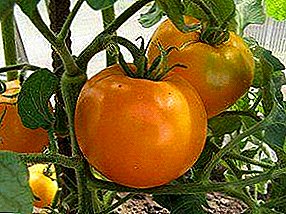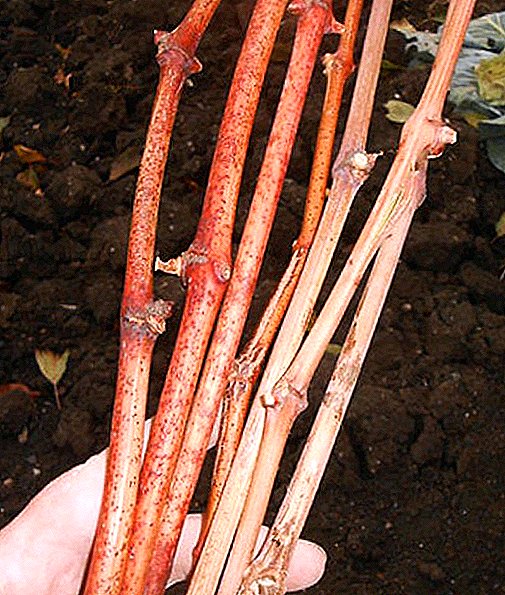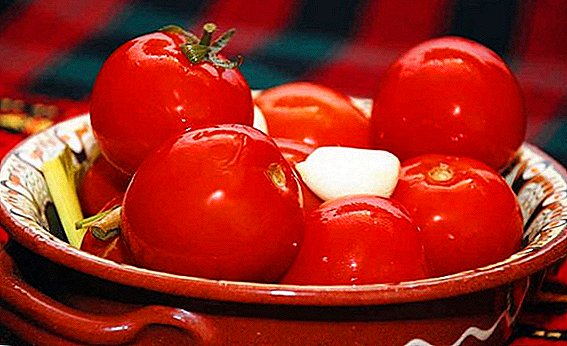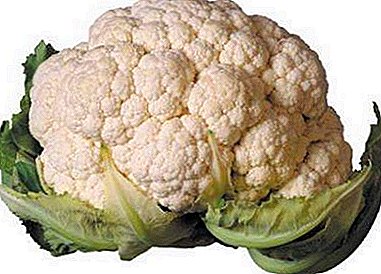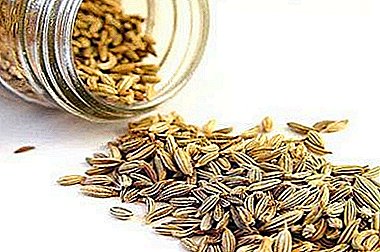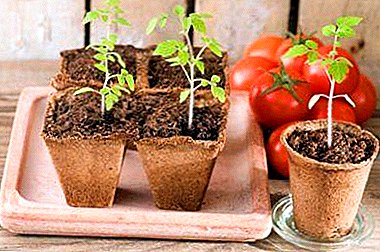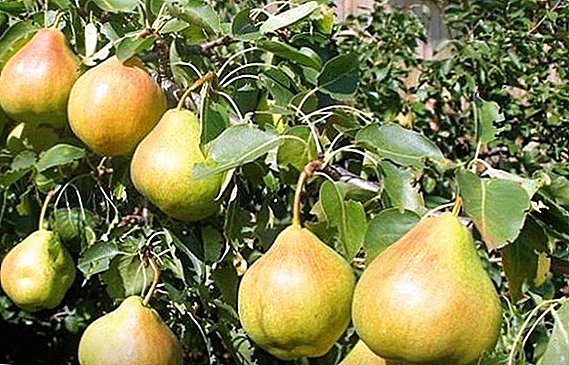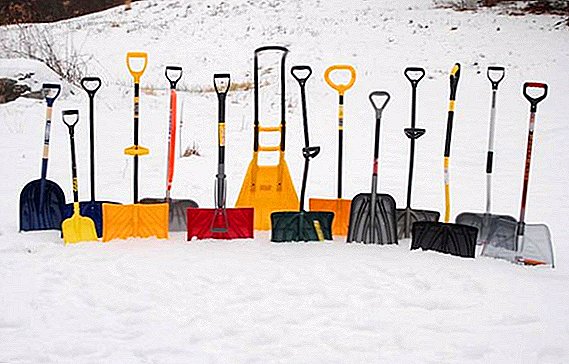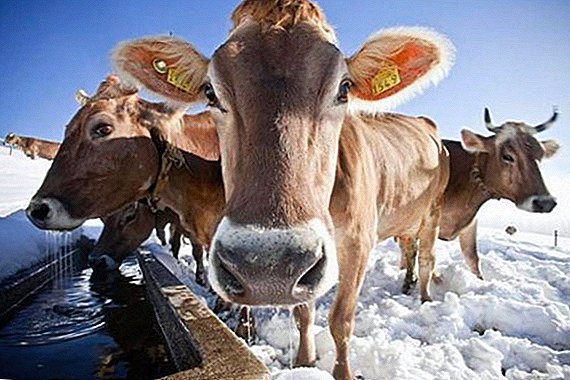 The maintenance of farm animals, as is known, is boxed and grazing, with the large-scale livestock enterprises usually using the first option, while small farmers and private farms allow their wards to graze freely in the nearby meadows.
The maintenance of farm animals, as is known, is boxed and grazing, with the large-scale livestock enterprises usually using the first option, while small farmers and private farms allow their wards to graze freely in the nearby meadows.
Recently, when organic livestock farming is becoming more and more popular, free grazing has gradually returned to positions previously handed over. However, as a rule, we are talking about the fact that the year is divided into two periods - stables and grazing, and the transition from one to another implies careful preparation of the animal's body.
But it turns out that grazing livestock on pastures is possible all year round, and this way of farming has a number of undeniable advantages.
In which regions do grazing take place in late autumn and winter
Since Russia is traditionally considered to be a country where climatic conditions are rather severe, winters are freezing and snowy, winter grazing in its vast expanses seems completely impossible. And indeed, for domestic breeders a similar approach to the maintenance of the herd is not typical.
Meanwhile, Americans successfully practice year-round grazing in the fresh air, and this system works wonderfully even in the northernmost states of the country.
Important! Winter grazing is quite possible to apply not only in hot countries, but also in regions with a continental and temperate continental climate.
In particular, farmers regularly bring their animals from North Dakota to winter pastures, where the average temperature in January ranges from -8 to -16 ° C, and the recorded minimum temperature was -51.1 ° C.  Quite successfully, the removal of animals to pastures in late autumn and even in winter can be carried out (and partly carried out), in particular, in such regions as:
Quite successfully, the removal of animals to pastures in late autumn and even in winter can be carried out (and partly carried out), in particular, in such regions as:
- Central Federal District of Russia;
- Lower Volga;
- Eastern Siberia;
- Transbaikalia;
- Transcaucasia;
- North Caucasus;
- Middle Asia;
- Kazakhstan.
Did you know? The Turkic and Mongolian peoples never engaged in winter forage. In the Mongolian language there are not even words denoting the concept of "barn" or "mow". Only with the advent of Soviet power, which, by the way, destroyed, due to the low productivity, all local breeds of cattle and small ruminants, which tolerated the winters in the open air, were only allowed to put animals in a stall for the winter. So, in particular, the Yakut and Bashkir breeds of cows disappeared.
In these territories, livestock breeders have the opportunity to use the huge natural pastures available - steppe, semi-desert and desert.  It is because of the harsh climate that the plants growing here, in the process of evolution, managed to develop a very strong and powerful root system, allowing not only rapid growth during the warming period, but also high-quality grass stand with high fodder value.
It is because of the harsh climate that the plants growing here, in the process of evolution, managed to develop a very strong and powerful root system, allowing not only rapid growth during the warming period, but also high-quality grass stand with high fodder value.
Did you know? In 2015, in Moscow on Novy Arbat, as part of the import substitution program, the Shepherd House restaurant and restaurant was opened, the hallmark of which is Kalmyk beef (including marble), veal and lamb. Animals, whose meat is supplied to a prestigious establishment, are on the free pasture all year round, which the store owners don’t get tired of comparing their not very cheap products with the best samples of meat products from Europe.The food base for livestock during the cold season, in particular, can provide:
| On steppe pastures | On semi-desert and desert pastures |
| meadow grass feather grass Welsh fescue sheep fescue reed fescue sagebrush wheat grass creeping alfalfa wild oats timothy grass clover pink sainfoin | white wormwood willow hillworm chaff perennial Sudan grass |

The advantages of winter grazing
Pasture livestock at any time of the year has several advantages over the driven, namely:
- helps to reduce livestock costs, in particular, the cost of purchasing, delivering and storing feed (reducing the cost allows for lower prices for meat and dairy products, which makes production more competitive);
- allows very effectively and practically without making additional efforts to prepare pasture for future sowing. During feeding, animals with their powerful hooves trample into the ground part of the seed. As a result, natural sowing takes place, yielding a very high yield as early as next year thanks to a large amount of organic fertilizers - cow dung and urine, and the farmer does not bear any costs for the purchase and application of such fertilizers;
- herd viability increases: the possibility of active movement and free choice of food is the best way to prevent lameness - one of the most common pathologies in cattle kept in stalls. In addition, exposure to fresh air strengthens the immune system of animals, trains their muscular, respiratory and cardiac systems;
- ecological indicators of meat and dairy products are improving: compulsory free grazing on pasture in developed countries is considered to be the main requirement that determines the standard of organic animal husbandry.
Important! It is estimated that each day of winter grazing provides the farmer with a net saving of about fifty rubles per cow.
Farmers say that it is very easy to accustom the herd to winter grazing. You just need not leave them in the stall after the first snow falls, and instead send it to pasture as if nothing had happened. Smart animals immediately realize that the grass has not disappeared, but is under the snow, and begin to readily remove it.  On the contrary, receiving ready-made feed from a caring farmer, the beast, according to all the laws of psychology, understands that someone else should work for it (self-production of animal feed is work) and will require food, showing how hungry it is with its whole look.
On the contrary, receiving ready-made feed from a caring farmer, the beast, according to all the laws of psychology, understands that someone else should work for it (self-production of animal feed is work) and will require food, showing how hungry it is with its whole look.
What you need to feed
Despite the fact that a certain amount of deadwood during the cold season of the year, animals can find under the snow, this is not enough for a full-fledged diet that provides normal growth and good productivity.
It is for this reason that the technology of free grazing in winter and summer is significantly different from each other. In particular, when sending a herd to a snowy pasture, the farmer must first ensure there is an additional feed in the form of rolls with feed. These swaths are enclosed in the form of a pen, and only after that the cattle start there.
Read more about how to graze cows in the pasture.
As a supplement, coarse feed (hay, straw, haylage) is used, as well as special mixtures of wild and cultivated plants with high stems, for example, primarily corn and oats. In addition, in the diet of animals must be present mineral component (premixes and other nutritional supplements). 
The correct supplementation of animals on free grazing in winter has its own secrets:
- Numerous swaths intended to feed the flocks throughout the winter are located on the pasture, but animals are only started on separate fenced areas, and, besides the first fence ring, you need to make a second ring, otherwise curious animals will destroy all the stockpiled reserves in the first days, to look for grass under the snow. As the food is fed from the rolls, the fence is transferred to the adjacent site.
- Rolls with the most high-quality and valuable grass are intended for little girls of the last trimester of pregnancy and the first days of lactation.
- As long as there is sufficient dry grass in the pasture, cattle are grazed in areas where there are no rolls with additional feed. They are allowed to feed additional animals only at the moment when it becomes clear that they no longer need pasture feed.
- The use of winter pasture occurs on the principle from distant plots to neighbors, located near the place of storage of reserve stocks of feed. Such a sequence is the most rational.
Important! It has been observed that from the breeds of domestic breeding cows, the Kalmyk white-headed and Kazakh white-headed breeds respond best to free grazing throughout the winter season. Americans prefer to apply similar conditions of detention to the Hereford, Aberdeen-Angus and Shorthorn breeds, which are well known to our farmers.
It should be noted that dry grasses in the rollers, under the influence of cold air and natural ventilation, retain their freshness much better and longer than it does when storing food in a closed room.  Even under a layer of snow, hay can remain fragrant, as if being preserved, thanks to which animals enjoy such food with special pleasure (and in the cold, as you know, appetite is excellent, so the system of winter grazing allows not only to improve the health of animals, but also increase their fatness and weight gain).
Even under a layer of snow, hay can remain fragrant, as if being preserved, thanks to which animals enjoy such food with special pleasure (and in the cold, as you know, appetite is excellent, so the system of winter grazing allows not only to improve the health of animals, but also increase their fatness and weight gain).
How to water
In the snowy winter, there is no need to specially feed livestock on the pasture: when searching for grass under the snow, raking it up with the muzzle or reaching the contents of the snow-covered rolls, the animals eat the food mixed with the snow, providing themselves with food and water.
We advise you to read about how to choose the right cow, how to feed a dairy and dry cow, what are the ways of keeping cows, and also find out what the weight of cattle depends on.
However, if there is no snow in the pasture, there must be drinking water there. As a general rule, animals need to be fed after each feeding.
Protection of cattle from cold winds and snowstorms
When sending cattle for winter grazing, one should not forget that the cold resistance of farm animals of different breeds has its limits. It is recommended to protect livestock from more severe frosts, driving them to special feeding grounds.  In addition to low temperatures, strong winds, blizzards and snowstorms are also dangerous for animals. In order not to destroy the herd in such extreme conditions, pens are being settled near the pasture - canopies, fences with well-warmed walls or half-open rooms with an area of at least 0.5 square meters. m per head of small cattle and 3 square meters. m for each head of a large (half the normal area of the usual cattle barn).
In addition to low temperatures, strong winds, blizzards and snowstorms are also dangerous for animals. In order not to destroy the herd in such extreme conditions, pens are being settled near the pasture - canopies, fences with well-warmed walls or half-open rooms with an area of at least 0.5 square meters. m per head of small cattle and 3 square meters. m for each head of a large (half the normal area of the usual cattle barn).
Important! On average, small and cattle can safely be kept outdoors at temperatures as low as -25 ° C.
In order to avoid hypothermia, the floor in such structures is thickly covered with straw or other litter material. In a similar shelter, the herd is kept until the weather normalizes.
Free grazing throughout the cold season is still perceived by some people as a dense Middle Ages, and yet, in fact, this approach is used by the most advanced livestock farms in the West. It has a deep scientific rationale, proven economic efficiency and meets high standards of organic agriculture.


